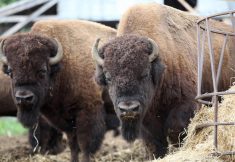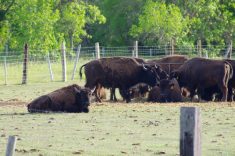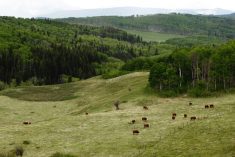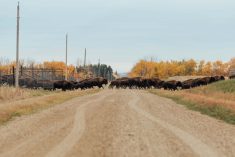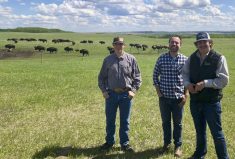If you’re looking for low-maintenance livestock, strong profits and a bright future, the Bison Producers of Alberta has a proposition for you.
That’s the gist of the association’s enthusiastic new promotional video, but the organization isn’t trying to buffalo anyone — it’s all true, says chair Thomas Ackermann.
“We’d like to see if we can attract more people into our exciting industry,” said Ackermann. “People are showing a really strong interest in the bison industry.”
Strong prices and growing demand have buoyed the sector and even though there are more than 500 bison producers in Alberta, more are needed, he said.
Read Also
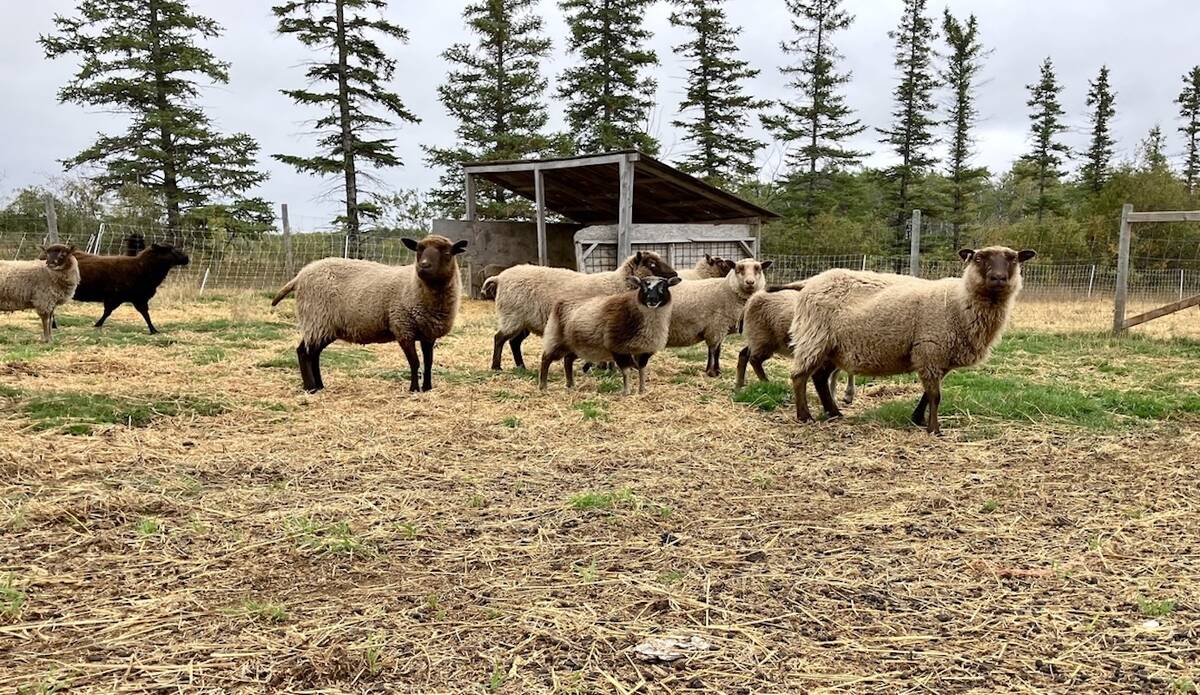
Mosquito-borne virus could be devastating to sheep breeding operations
Cache Valley virus, a mosquito-borne disease that infects small ruminants, could be a devastating hit to small operations.
“Canadian consumers are really starting to catch on,” said the Lacombe rancher. “That’s moving us away from the niche market where we started to (where) now retailers are carrying bison… If we want to maintain the markets we started building up and the demand we created, we have to supply those markets.”
But building a bison herd takes longer than a cattle herd, and so the sector is keen to welcome every potential entrant, he added.
“We have to start (building bison herds) now if we think about five years or 10 years or 15 years down the road.”
The producers featured in a five-minute video (available at www.bisoncentre.com) note that because bison are low maintenance (feeding is required but calving season is strictly a stay-away proposition), you can keep your day job while starting out.
But getting into the bison business requires careful research and a significant investment.
“Since bison is a land-based production, you can’t get away with small acreages,” said Ackermann. “If you want to run a certain size of an operation, you need a land base, which in Alberta means money.”
From the Country Guide website:
Sask. boosts caps on livestock loan guarantees
Newcomers are advised to start with at least 10 animals — a bison cow costs about $1,300 — and to invest in proper fencing and handling systems.
“It pays off to have a proper setup,” said Ackermann. “It doesn’t have to be the most expensive or most elaborate system. But something that keeps you safe and your animals safe requires some investment.”
And get to know an established bison producer before spending any money.
“We encourage people to look for a mentor,” he said. “Visit places to see how they do it… and go from there.”
‘Bright future’
That was the approach 24-year-old Cody Spencer took when he became interested in bison two years ago while working on a cattle ranch.
“The (cattle) ranch that I was working at before… was a 50,000-acre place,” said Spencer, who grew up on a grain farm in southern Alberta.
“It was like the open range, and working there, I couldn’t help but imagine what that place would be like with bison on it. I just did a lot of research and decided I wanted to get involved with them one way or another.”
Spencer visited several bison ranches before finding a rancher in his area near Foremost who was willing to mentor him.
“I’ll be buying animals from him to start a cow-calf operation, plus buying yearlings to market for meat,” he said.
Land is the biggest hurdle, he said.
“I’m in the process of trying to acquire land, but the value of land is so high,” he said.
“Any land you get into probably isn’t going to be set up for bison, so you have to either be really upgrading the facilities or starting from scratch.”
Having a mentor makes a big difference, he said. Once Spencer buys his heifer calves, they’ll stay on the ranch where he’s working for the next three years until they’re bred. Then he’ll move them to his own land — an arrangement that will allow Spencer time to purchase land and build handling systems.
“I’ve got some time to get everything set up and working before I actually get the animals there,” he said.
Despite those challenges, Spencer said he is “really optimistic” about his prospects.
“There seems to be a bright future in bison.”



